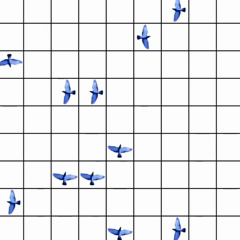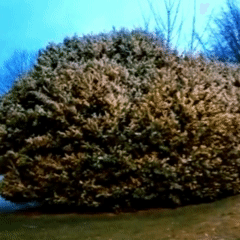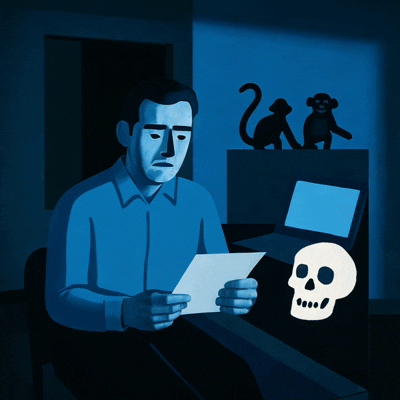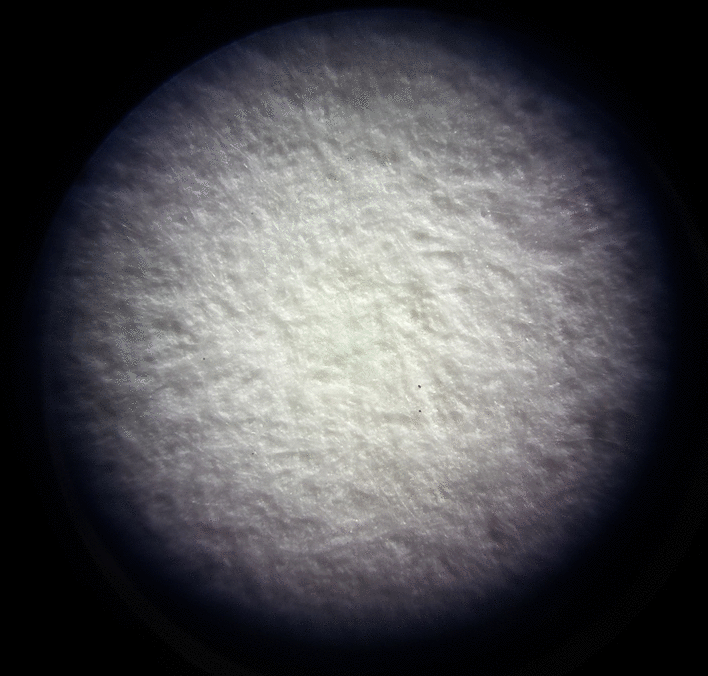Light Painting with a Drone (2017- 2019)
This series is composed of photographs captured with the technique of light painting using a drone. The photographic method of light painting consists of creating drawings with light sources during long exposure photographs. In this practice, we used a flying robot with a yellow LED attached to it to form two groups of mathematically inspired trajectories: Lissajous and Hilbert's Curves.
While the system's computational flight-planning generate these two series of curves with the same accuracy level, the routes followed by the embodied robot are different from its computed paths. The system's sensors and control directly affect the drawings generated by the robot's trajectories.
See how the lines become soft and dynamic in Lissajous and how the drone's velocity was so fast that the drone missed its endpoint in every iteration in this group, sometimes by a little, others by a lot.
Hilbert's Curves, on the other hand, is composed of hard-edged linear drawings that appear to walk slower and are constantly slipping out of the "idealized" line that guides it. Now, see how increasing the drone's velocity utterly shifted this curve's nature, which becomes almost as sinuous and smooth as a Matisse stroke.
Lissajous Curves
In this series of pictures, there are six iterations of Lissajous curves, ranging from simple to complex forms. Lissajous curves are named after the physicist Jules Antoine Lissajous (1822 - 1880). A graphic representation of a Lissajous planar curve results from simultaneously harmonic motion in two coordinates. In this experience, the drone flew at a high velocity, and its trajectory gave rise to dynamic, smooth lines against a black background.
Hilbert’s Curves
Hilbert’s Curve is composed of squared modules, and it is obtained through a recursive procedure in which a curve is produced in each step. After the construction of the initial curve, the recursive process takes place and in each step of this procedure segments of the curve are replaced by more complex sections that resemble the initial curve. Hilbert’s Curves exhibited higher levels of vibration, rough edges, and variations in width and luminosity levels
Exhibited at Papier, Montreal, April 2019 with ELLEPHANT Gallery
TEAM
Julia Zamboni- Artistic conceptualization and design
Bruno Carvalho - Robot control
Natasha Vesper - Photographer
Supervising Professor: Luis Rodrigues, HYCONS lab
FUNDING
NSERC funded the drone
The project was funded by the Faculty of Fine Arts, and by the Faculty of Engineering
ACKNOWLEDGMENT
Concordia University
Luis Rodrigues and HYCONS lab
TAG
Hexagram
CAPES (Coordenacao de Aperfeicoamento de Pessoal de Nivel Superior)
Mailis Rodrigues
Reference: http://mathworld.wolfram.com







































.gif)